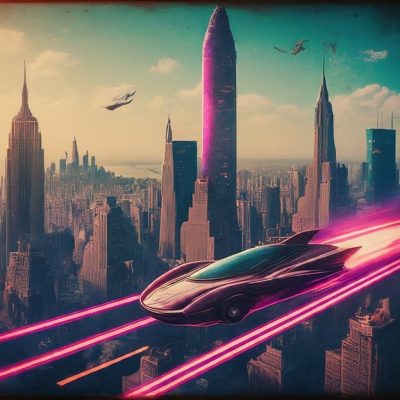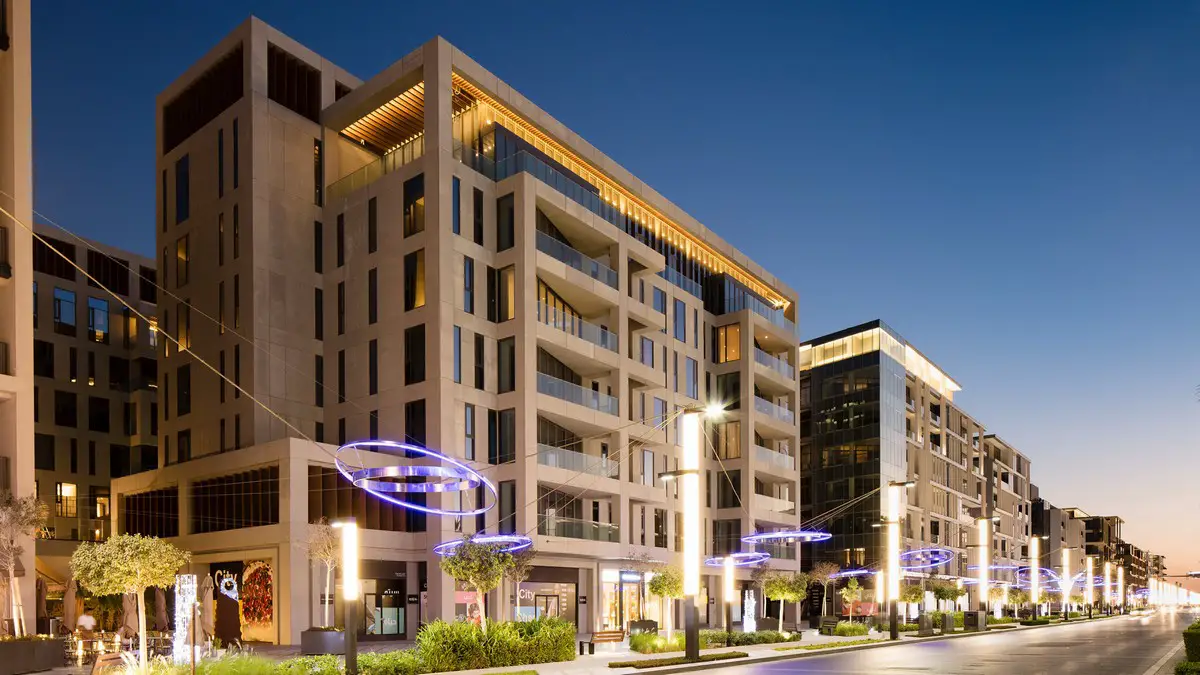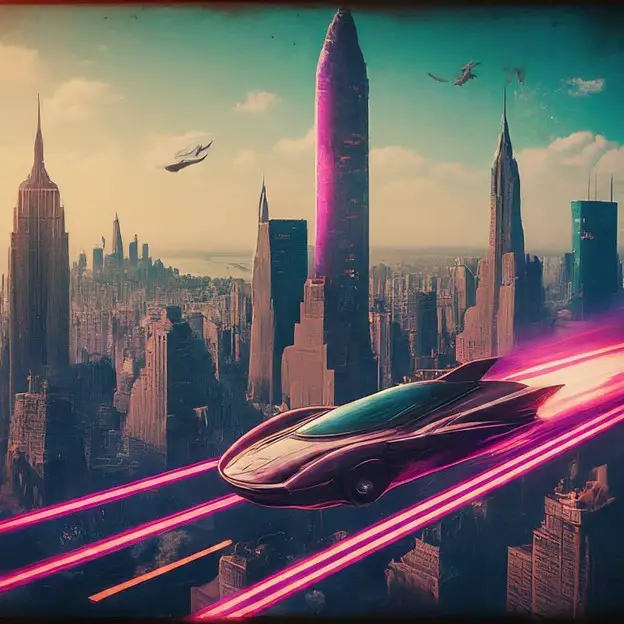Designing future cities: role of technology, Resilient city architecture design, Future tech
Designing Future Cities: The Role of Technology in Urban Resilience
17 July 2024

Image created with Google Gemini
Urban resilience isn’t just a buzzword. It’s a necessity. With technology evolving at lightning speed, how do we shape cities that can withstand tomorrow’s challenges?
We’ll explore the latest tech transforming urban planning and management. Think smart grids, AI-driven traffic control, and sustainable infrastructure.
Curious about the future of city design? You’ll find real-world examples and practical insights from industry leaders here.
AI-Powered Traffic Management Systems
In cities like Singapore, AI-driven traffic management systems are revolutionizing urban mobility. The Intelligent Transport System (ITS) uses data from thousands of sensors to optimize traffic flow in real-time.
By analyzing patterns and predicting congestion points, it adjusts signal timings dynamically, reducing gridlock and improving commute times.
Los Angeles also leverages AI through its ATSAC (Automated Traffic Surveillance and Control) system. Major cities are able to reduce delays at intersections by up to 12%. And it’s not just major cities; smaller ones like Pittsburgh employ adaptive signal control technology that has cut travel time by nearly 25%!
These real-world applications show how AI can streamline city transport systems efficiently, making daily commutes smoother for residents while decreasing emissions and fuel consumption. It’s a win-win scenario that showcases practical tech integration for better urban living.
Advanced Water Recycling Technologies in Urban Areas
Urban centers like Melbourne and San Diego are making strides with advanced water recycling technologies. In Melbourne, the Eastern Treatment Plant converts sewage into Class A recycled water, used for irrigation and industrial processes. This system alleviates pressure on potable water supplies while promoting sustainable practices.
San Diego’s Pure Water project turns wastewater into safe drinking water using multi-barrier treatment processes such as membrane filtration and reverse osmosis. Already producing one-third of the city’s water supply, it exemplifies effective resource management.
These initiatives demonstrate how cities can tackle water scarcity by embracing existing technology. Recycled water isn’t just a concept; it’s actively improving urban resilience against droughts and growing populations.
By implementing proven recycling systems, municipalities provide a practical solution to manage resources efficiently without waiting for future innovations.
Digital Twins for City Planning and Development
Cities like Singapore and Helsinki are leveraging digital twin technology to enhance urban planning. These virtual models replicate physical spaces, enabling planners to simulate changes before implementation.
In Singapore, the Virtual Singapore project creates a comprehensive 3D model of the city, allowing for real-time analysis of traffic flow, environmental impacts, and infrastructure development.
Helsinki uses similar tech through its Urban Platform project. This helps planners test scenarios for construction projects or disaster response without disrupting actual environments.
Digital twins streamline decision-making processes by providing a risk-free way to predict outcomes accurately. Plus, data engineers play a crucial role in managing these complex systems.
If you’re looking to dive into this field, consider obtaining certification in data engineering by DataCamp; it equips you with essential skills needed for developing and maintaining such innovative solutions.
These examples showcase how digital twins are shaping smarter cities today.
Public Transportation Innovations Using Big Data Analysis
Cities like London and New York are harnessing big data to transform public transportation. Transport for London (TfL) uses data from Oyster cards, GPS on buses, and mobile networks to monitor passenger flows. This helps optimize routes, schedules, and service frequency in real-time.
New York’s Metropolitan Transportation Authority (MTA) integrates big data through its “Bus Time” system. By tracking buses via GPS and analyzing traffic conditions, MTA improves punctuality and reduces wait times for commuters.
These cities demonstrate the practical impact of using big data analysis to enhance urban transit systems. Accurate predictions of rider demand allow for better resource allocation while minimizing delays.
With such technologies already in place, we see immediate improvements in efficiency and passenger satisfaction, making daily commutes smoother without waiting for speculative advancements.
The Final Word: Smart Solutions for Urban Challenges
As we’ve seen, real-world applications of technology like AI-driven traffic systems and digital twins are already making cities smarter and more resilient.
Implementing these solutions isn’t just a theoretical exercise; it’s happening now, with tangible benefits. Embracing these innovations will ensure our urban environments can withstand future challenges while improving the quality of life for residents.
By leveraging current technologies, we build cities that are prepared to adapt and thrive in an ever-changing world.
Comments on this guide to Designing future cities: role of technology article are welcome.
Architects
Architects
Resilient Cities Architecture Design

Architectural Design
Sydney Architects Studios
Buildings / photos for the Designing future cities: role of technology page welcome.





